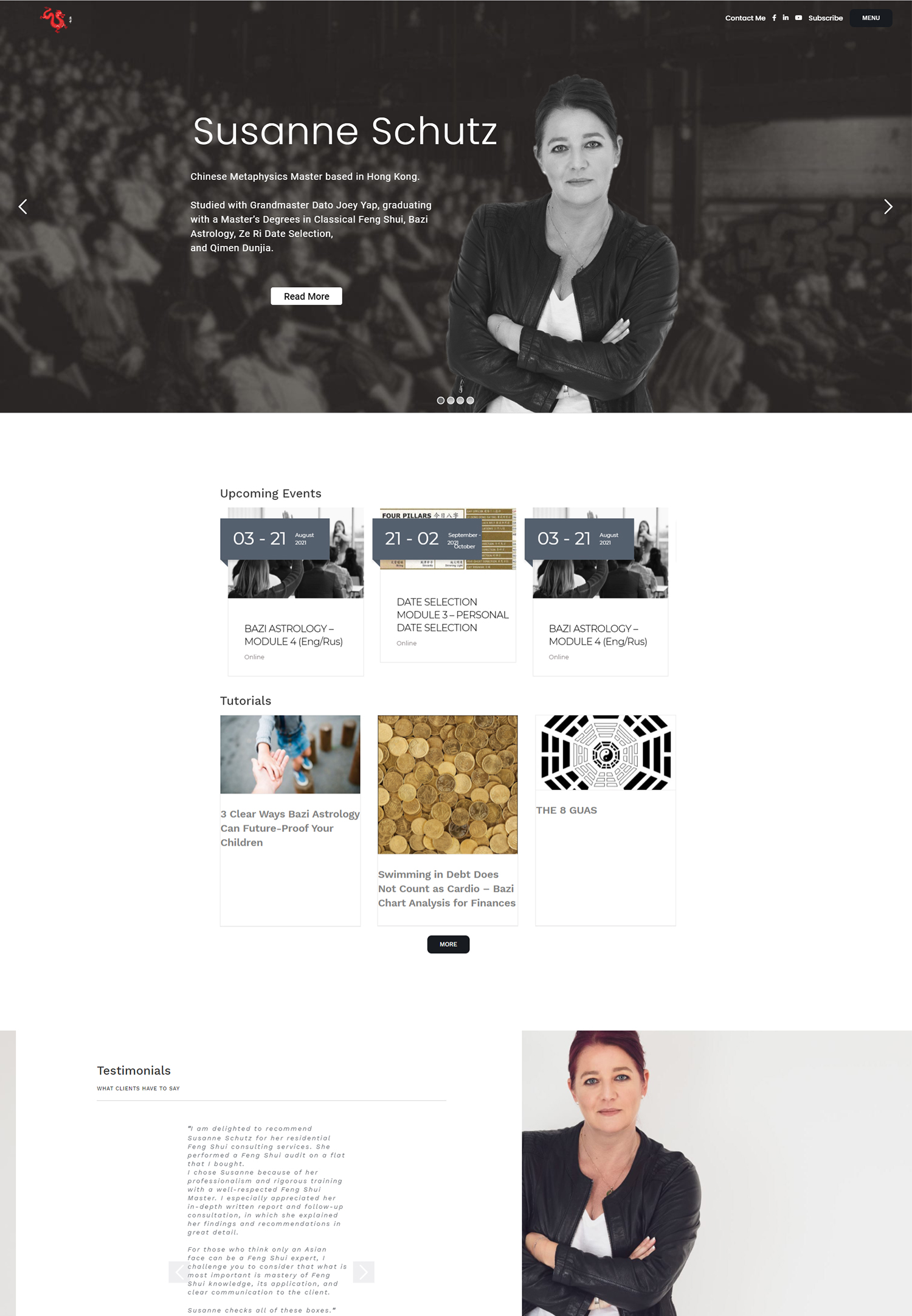Understanding user needs is crucial for developing an effective website. This process involves comprehensive research to gather insights about the target audience’s preferences, behaviors, and challenges. Various methods can be employed to collect this information, including surveys, interviews, and analysis of analytics data.
By gaining a deep understanding of user needs, web designers can create websites that meet audience expectations and provide an optimal user experience. Additionally, identifying the primary objectives of the website and aligning them with the target audience’s needs is an essential aspect of this process. For instance, an e-commerce platform may have the primary goal of increasing sales, while users may require features such as intuitive navigation, detailed product information, and secure payment options.
By recognizing these needs, web designers can prioritize specific features and design elements that address the audience’s requirements, resulting in a more effective and user-centric website.
Key Takeaways
- Understanding user needs is crucial for creating a successful website.
- Creating intuitive user interfaces helps users navigate the website easily.
- Implementing responsive design ensures that the website looks and functions well on all devices.
- Optimizing website performance is important for providing a seamless user experience.
- Prioritizing accessibility ensures that the website is usable for all users, including those with disabilities.
- Conducting user testing helps identify and address any usability issues.
- Collaborating with developers and content creators is essential for bringing the website to life.
Creating Intuitive User Interfaces
Designing for Simplicity
Intuitive user interfaces also prioritize simplicity and minimalism, avoiding clutter and unnecessary elements that can confuse or overwhelm users.
Visual Hierarchy and Information Architecture
In addition, creating intuitive user interfaces involves considering the principles of visual hierarchy and information architecture. This includes organizing content in a way that makes it easy for users to find what they are looking for, prioritizing important information, and using visual elements such as color, typography, and spacing to guide users’ attention.
A Positive User Experience
By creating intuitive user interfaces, web designers can ensure that visitors have a positive and seamless experience on the website.
Implementing Responsive Design
Implementing responsive design is crucial in today’s digital landscape, where users access websites from a wide range of devices and screen sizes. Responsive design ensures that websites adapt and display optimally on various devices, including desktops, laptops, tablets, and smartphones. This involves using flexible grids and layouts, fluid images, and media queries to create a seamless and consistent experience across different devices.
Furthermore, implementing responsive design also involves considering touch interactions and mobile-specific features to enhance the user experience on smaller screens. This may include optimizing touch targets, prioritizing important content for mobile users, and ensuring fast loading times on mobile networks. By implementing responsive design, web designers can cater to the diverse needs of users and provide a consistent experience regardless of the device they are using.
Optimizing Website Performance
| Metrics | Data |
|---|---|
| Page Load Time | 3.2 seconds |
| Page Size | 1.5 MB |
| Number of Requests | 75 |
| First Contentful Paint | 1.8 seconds |
Optimizing website performance is essential for ensuring fast loading times and a smooth user experience. This involves various strategies such as optimizing images and multimedia content, minifying CSS and JavaScript files, leveraging browser caching, and using content delivery networks (CDNs) to reduce server response times. By optimizing website performance, web designers can ensure that visitors have a seamless and enjoyable experience on the site.
In addition, optimizing website performance also involves prioritizing accessibility and inclusive design practices to ensure that all users can access and interact with the website regardless of their device or network conditions. This may include optimizing for users with slow internet connections or older devices, as well as adhering to web performance best practices to create a fast and efficient website. By optimizing website performance, web designers can create a positive user experience and improve overall site usability.
Prioritizing Accessibility
Prioritizing accessibility is crucial for ensuring that websites are inclusive and can be accessed by all users, including those with disabilities. This involves adhering to web accessibility standards such as the Web Content Accessibility Guidelines (WCAG) and considering factors such as color contrast, keyboard navigation, screen reader compatibility, and alternative text for images. By prioritizing accessibility, web designers can ensure that all users can access and interact with the website regardless of their abilities.
Furthermore, prioritizing accessibility also involves considering diverse user needs and providing options for customization and personalization. This may include offering adjustable font sizes, high contrast modes, and alternative input methods to accommodate users with different needs and preferences. By prioritizing accessibility, web designers can create a more inclusive and welcoming online experience for all users.
Conducting User Testing
Understanding User Behavior
By conducting user testing, web designers can gain valuable insights into how users perceive and interact with the website, ultimately leading to informed design decisions.
Considering Diverse User Perspectives
In addition, conducting user testing also involves considering diverse user perspectives and ensuring that the website meets the needs of different user groups. This may include testing with users of varying ages, backgrounds, and abilities to ensure that the website is accessible and usable for all audiences.
Validating Design Decisions
By conducting user testing, web designers can validate design decisions and make informed improvements to create a more effective and user-friendly website.
Collaborating with Developers and Content Creators
Collaborating with developers and content creators is essential for ensuring that the website design is effectively implemented and aligned with the overall goals of the project. This involves close communication and collaboration between designers, developers, and content creators to ensure that the design vision is translated into functional code and compelling content. By collaborating effectively, web designers can ensure that the final website meets both design and technical requirements.
Furthermore, collaborating with developers and content creators also involves considering technical constraints and opportunities to inform design decisions. This may include understanding the capabilities of different technologies and platforms, as well as collaborating on solutions to technical challenges or opportunities for innovation. By collaborating effectively, web designers can create a cohesive and integrated website that effectively communicates the brand message and meets the needs of the target audience.
In conclusion, understanding user needs, creating intuitive user interfaces, implementing responsive design, optimizing website performance, prioritizing accessibility, conducting user testing, and collaborating with developers and content creators are all essential aspects of creating a successful website. By prioritizing these elements and considering diverse user perspectives, web designers can create websites that provide a seamless user experience and effectively communicate the brand message to the target audience.
If you’re a web designer looking to improve your understanding of digital marketing, you may find this article on “9 Ways a Website & Digital Marketing Will Benefit Your Health and Beauty Center” from Populis Digital to be helpful. It discusses the various ways in which a well-designed website and effective digital marketing strategies can benefit businesses in the health and beauty industry. Check it out here.






























